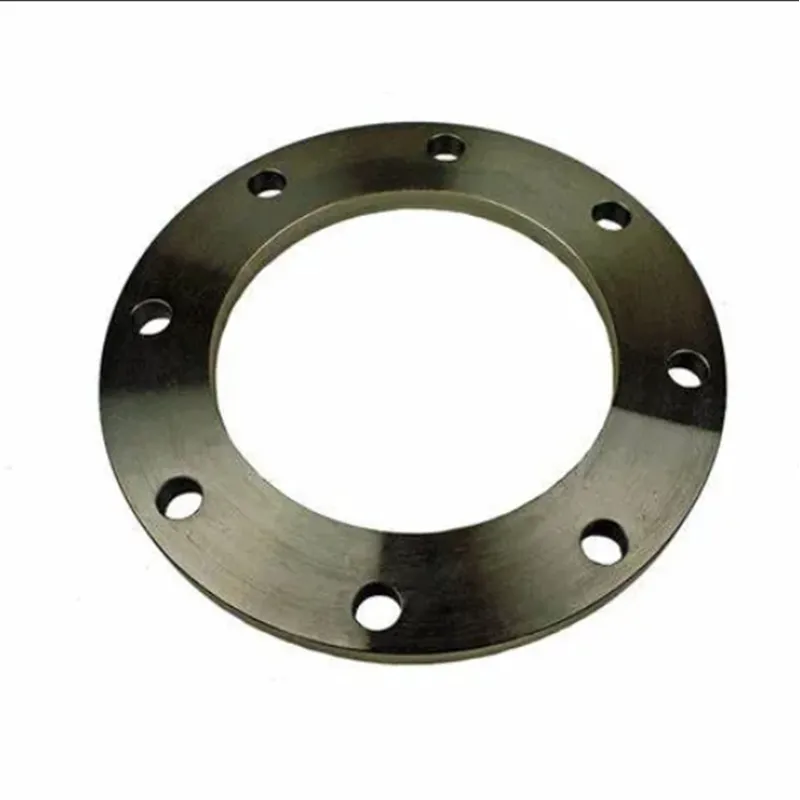-
Cangzhou Yulong Steel Co., Ltd.
-
Phone:
+86 13303177267 -
Email:
admin@ylsteelfittings.com
- English
- Arabic
- Italian
- Spanish
- Portuguese
- German
- kazakh
- Persian
- Greek
- French
- Russian
- Polish
- Thai
- Indonesian
- Vietnamese
- Zulu
- Korean
- Uzbek
- Hindi
- Serbian
- Malay
- Ukrainian
- Gujarati
- Haitian Creole
- hausa
- hawaiian
- Hebrew
- Miao
- Hungarian
- Icelandic
- igbo
- irish
- Japanese
- Javanese
- Kannada
- Khmer
- Rwandese
- Afrikaans
- Albanian
- Amharic
- Armenian
- Azerbaijani
- Basque
- Belarusian
- Bengali
- Bosnian
- Bulgarian
- Catalan
- Cebuano
- China
- China (Taiwan)
- Corsican
- Croatian
- Czech
- Danish
- Esperanto
- Estonian
- Finnish
- Frisian
- Galician
- Georgian
- Kurdish
- Kyrgyz
- Lao
- Latin
- Latvian
- Lithuanian
- Luxembourgish
- Macedonian
- Malgashi
- Malayalam
- Maltese
- Maori
- Marathi
- Mongolian
- Myanmar
- Nepali
- Norwegian
- Norwegian
- Occitan
- Pashto
- Dutch
- Punjabi
- Romanian
- Samoan
- Scottish Gaelic
- Sesotho
- Shona
- Sindhi
- Sinhala
- Slovak
- Slovenian
- Somali
- Sundanese
- Swahili
- Swedish
- Tagalog
- Tajik
- Tamil
- Tatar
- Telugu
- Turkish
- Turkmen
- Urdu
- Uighur
- Welsh
- Bantu
- Yiddish
- Yoruba

Dec . 07, 2024 07:27 Back to list
Innovative Solutions for Efficient Pipe Bending Techniques and Equipment
Understanding the Pipe Bender A Comprehensive Guide
In the realms of manufacturing, construction, and metalworking, precision is paramount. Among the various tools used to shape and mold materials, the pipe bender stands out as an essential instrument for creating accurate bends in metal pipes. This article explores the significance, types, mechanisms, and applications of pipe benders, shedding light on their vital role in various industries.
What is a Pipe Bender?
A pipe bender is a device designed to bend metal pipes without compromising their structural integrity. Whether it is for plumbing, HVAC systems, or structural applications, the ability to shape pipes accurately allows for seamless installations and ensures that materials fit together correctly. Pipe benders can work with various materials, including steel, aluminum, brass, and plastic, making them versatile tools in the workshop and field.
Types of Pipe Benders
Pipe benders come in various types, each suited for specific tasks and materials. The most common types include
1. Manual Pipe Benders These devices are operated by hand and are suitable for DIY enthusiasts and small-scale projects. They offer a degree of control and are often lightweight and portable. Manual pipe benders typically come with a bending handle and a series of dies of different sizes to accommodate various pipe diameters.
2. Hydraulic Pipe Benders For larger projects requiring higher precision and more force, hydraulic pipe benders are the tool of choice. These machines utilize hydraulic power to bend pipes with minimal effort, allowing for tighter bends and more intricate designs. Hydraulic benders can handle thicker and stronger materials, making them essential in industrial applications.
3. Electric Pipe Benders Combining the benefits of hydraulic systems with electric power, electric pipe benders provide enhanced efficiency and speed. They are ideal for high-volume production environments where time and accuracy are critical.
4. Rotary Benders Rotary pipe benders employ a unique mechanism to achieve bends by rotating the pipe through rollers. This type is often used in highly specialized applications, such as aerospace or automotive manufacturing, where precision is crucial.
Mechanism of Action
pipe bender

The underlying principle of a pipe bender involves applying force to the pipe, causing it to curve or bend. In manual benders, this force is applied via a lever or handle, allowing the operator to guide the pipe into the desired shape. Hydraulic and electric benders utilize hydraulic cylinders or electric motors, respectively, to automate this process, providing consistent results even under heavy loads.
Proper setup is crucial when using a pipe bender. Operators must select the appropriate bending die for the pipe's diameter and ensure that the pipe is securely held in place to prevent slippage or deformation. After aligning the pipe, the bending process begins, and the operator can monitor the angle to achieve the desired bend.
Applications of Pipe Benders
The applications of pipe benders are numerous and varied, reflecting the versatility of these tools. Common applications include
- Plumbing Pipe benders are widely used in plumbing to create bends in copper, PVC, and other piping materials, ensuring efficient water flow and fewer joints in the system.
- HVAC In heating, ventilation, and air conditioning systems, precise bends in ductwork are crucial for maintaining airflow efficiency and avoiding air leaks.
- Automotive Manufacturers use pipe benders to create custom exhaust systems, roll cages, and other structural components that require intricate bends and shapes.
- Construction From scaffolding to intricate support structures, pipe benders play a critical role in shaping metal supports that ensure the stability and safety of buildings.
Conclusion
The pipe bender is an indispensable tool in various industries, offering precision and efficiency in shaping pipes for countless applications. Whether utilized in small-scale projects with manual benders or in large-scale manufacturing through hydraulic and electric systems, the ability to bend pipes accurately can significantly impact the quality of the final product. As materials continue to evolve and the demand for precision increases, the role of pipe benders will undoubtedly remain crucial in modern manufacturing and construction practices.
Latest news
-
ANSI 150P SS304 SO FLANGE
NewsFeb.14,2025
-
ASTM A333GR6 STEEL PIPE
NewsJan.20,2025
-
ANSI B16.5 WELDING NECK FLANGE
NewsJan.15,2026
-
ANSI B16.5 SLIP-ON FLANGE
NewsApr.19,2024
-
SABS 1123 FLANGE
NewsJan.15,2025
-
DIN86044 PLATE FLANGE
NewsApr.19,2024
-
DIN2527 BLIND FLANGE
NewsApr.12,2024
-
JIS B2311 Butt-Welding Fittings LR/SR 45°/90° /180°Seamless/Weld
NewsApr.23,2024











